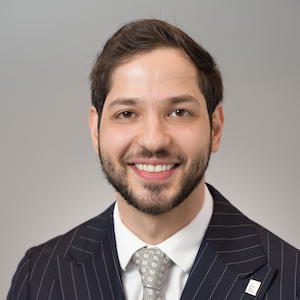
Mohammad Taqi Qali
 Mohammad Taqi Qali |
Qali, Mohammad Taqi1, Chang, Yu-Cheng2, Teixeira, Hellen3, Sabir, Manal2, Fiorellini, Joseph2
1University of Pennsylvania School of Dental Medicine, Department of Periodontics; Department of Orthodontics
2University of Pennsylvania School of Dental Medicine, Department of Periodontics
3University of Pennsylvania School of Dental Medicine, Department of Orthodontics
In cases with pristine adjacent teeth and intact periodontium or a hopeless tooth that demands vertical alveolar bone augmentation, forced eruption is a conservative treatment approach. Current evidence in the literature is lacking in regard to the long-term (> 1 year) prognosis of forced erupted teeth. The aim is To evaluate the long-term (>1 year) stability of teeth that have been orthodontically treated with forced eruption for restorative purposes.
MethodsThis study is a retrospective clinical study. Inclusion criteria: Patients receiving orthodontic extrusion in PDM between the years of 2012 to 2020, all ages and systemically healthy. Exclusion Criteria: patients with active periodontal disease or acute endodontic infection. Radiographic measurements were done before and after treatment to measure 1) crown margin to the crest of the alveolar bone, 2) root length. Clinical parameters measured included 1) activation time, 2) retention time, 3) total treatment time, 4) additional treatment required to restore the teeth, 5) pre/post-surgical complication, and 6) associations between clinician training and complication rate.
Results25 participants with a total of 36 orthodontically extruded teeth were included in the study. Mean activation time was 5.11 weeks. Mean retention before prosthetics and tooth extraction was 5.11 weeks and 12.3 weeks, respectively. The overall treatment period ranged from 3-16 months with a mean of 7.05 months. 96.0% survival rate of force erupted teeth and 4.0% failure rate due to non-restorable caries. When more than 1.0 mm extrusion was completed, there was a statistically higher chance that the tooth required additional surgeries (p < 0.05). Complications during treatment was higher in clinicians who did not have orthodontic training (43.0%) when compared to clinicians with orthodontic training (10.0%).
ConclusionForced eruption for prosthetic treatment and implant site development is a viable treatment option and is successful in the long-term